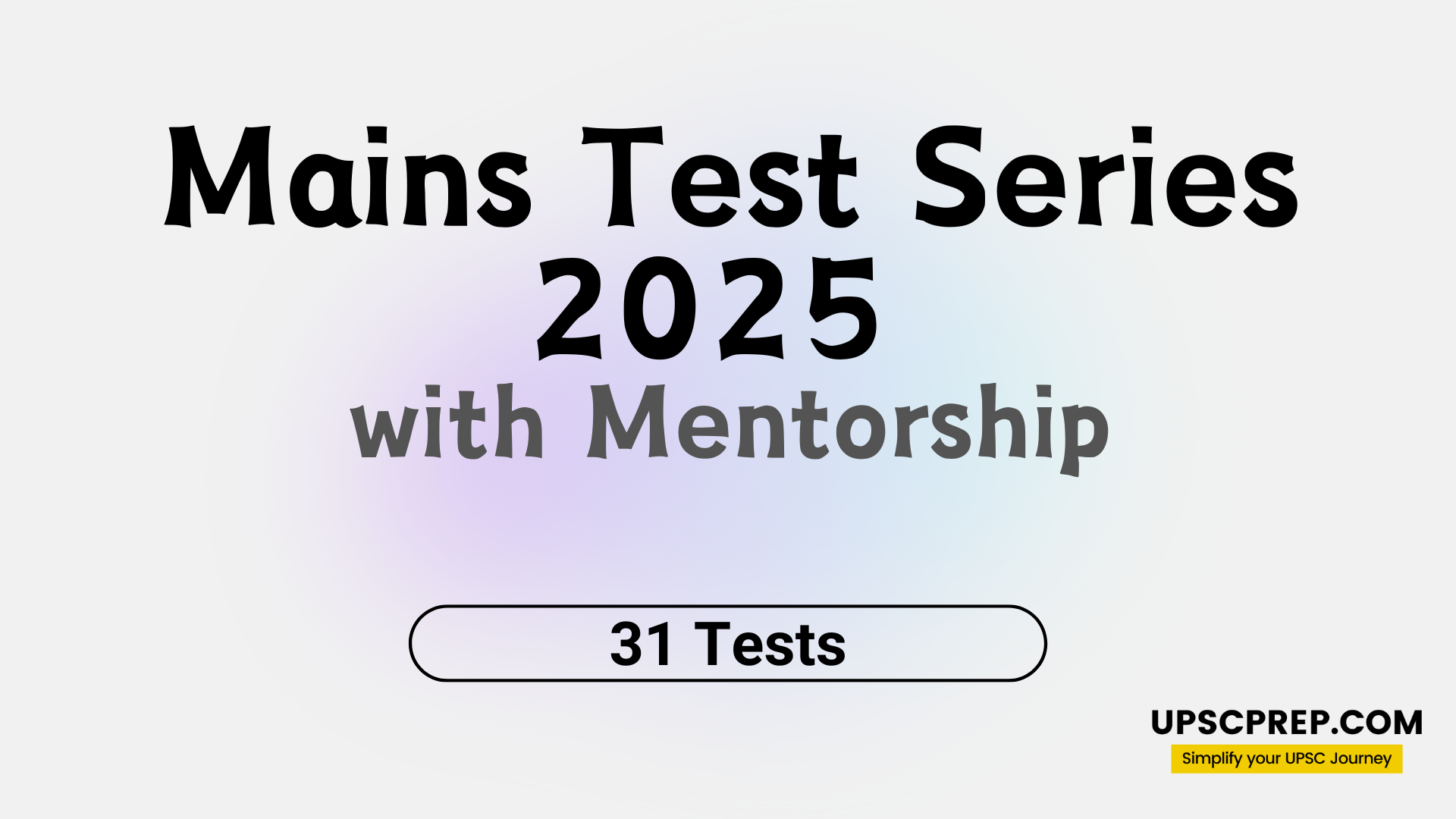Table of contents
Subject: GS 1
Syllabus: Indian Society
Questions
- Analyze the factors contributing to the disproportionate impact of poverty on women in India. Further, suggest strategies to empower women, enhance their economic participation, ensuring inclusive and sustainable development. (250 Words, 15 Marks)
- While the West is curtailing abortion rights, various laws and policies in India are giving new means towards women empowerment (Nari Shakti). Critically analyse. (250 Words, 15 Marks)
Download Model Structures PDF
Model Structures
Q1. Analyze the factors contributing to the disproportionate impact of poverty on women in India. Further, suggest strategies to empower women, enhance their economic participation, ensuring inclusive and sustainable development. (250 Words, 15 Marks)
Introduction
- Context-based: The disproportionate impact of poverty on women in India is influenced by a combination of social, economic, and cultural factors. These factors contribute to gender inequality, limited access to resources, and barriers to economic participation.
Main Body
Factors contributing to the disproportionate impact of poverty on women in India
- Gender Discrimination: Deep-rooted gender biases and discriminatory practices perpetuate inequalities in education, employment, and decision-making. (E.g. The stereotype that women ‘belong’ to the ‘kitchen’ only)
- Lack of Education: Limited access to quality education and lower literacy rates among women impede their economic prospects. (E.g. many girls are not sent to school after primary stage)
- Limited Access to Resources: Women in India often face barriers to accessing land, credit, and financial services. (E.g. Many women, despite being financially independent, are not given loans without the signature of their husband or father)
- Unpaid Care Work: Women in India shoulder a disproportionate burden of unpaid care work, including household chores, childcare, and eldercare.
- Social Norms and Cultural Constraints: Traditional gender roles, social norms, and cultural practices shape women's roles and opportunities.
Strategies to empower women, and enhance their economic participation
- Education and Skill Development: Promote vocational training, entrepreneurship development, and STEM education to enable women to participate in a wide range of economic sectors. (Example - Beti Bachao Beti Padhao (BBBP))
- Economic Empowerment Programs: Implement targeted programs that provide financial literacy, access to credit, and entrepreneurship support for women.
- Address Unpaid Care Work: Recognize and redistribute the burden of unpaid care work through policies such as affordable and quality childcare facilities, parental leave, and promoting shared household responsibilities.
- Land and Property Rights: Ensure equal land and property rights for women through legal reforms and awareness campaigns.
- Gender-Responsive Employment Practices: Encourage private and public sectors to adopt gender-responsive policies such as flexible working hours, safe working environments, and maternity benefits.
- Social Awareness and Behavior Change: Launch awareness campaigns to challenge gender stereotypes, promote gender equality, and shift societal attitudes towards women's empowerment.
- Strengthening Social Safety Nets: Expand social protection programs targeting vulnerable women, including widows, single mothers, and marginalized communities.
Conclusion
- By addressing these factors and implementing comprehensive strategies, India can create an enabling environment for women's empowerment, enhance their economic participation, and work towards inclusive and sustainable development.
- Empowered women contribute to stronger economies, improved living standards, and a more equitable society.
Q2. While the West is curtailing abortion rights, various laws and policies in India are giving new means towards women empowerment (Nari Shakti). Critically analyse. (250 words, 15 marks)
Model StructureIntroduction
- The U.S. stands at that fraught juncture now, after its Supreme Court, overturned the 1973 ruling in Roe vs Wade, and took away the constitutional right to abortion. It withdrew from women anywhere in the country their right to reproductive and bodily autonomy.
Main Body:
- Background
- The fight over abortion has been the U.S.’s most passionately waged ideological battle.
- However in India several measures have been in place:
- About Medical Termination of Pregnancy (Amendment) Act in India
- Features
- The Act permits abortion to be allowed up to 20 weeks on the opinion of just one medical practitioner.
- To terminate pregnancies between 20 and 24 weeks, the opinion of two doctors is required. This extension of the gestation period up to 24 weeks is given for special categories of women such as rape/incest victims, differently-abled women and minors.
- For abortions beyond 24 weeks, a state-level Medical Board will decide if it can be permitted, in case of substantial foetal abnormalities.
- The Board will consist of a gynaecologist, a paediatrician, a radiologist or sonographer and any other number of members as notified by the state government.
- Features
- Surrogacy Regulation Act
- Features
- The Act sought to regulate the surrogacy part of a rather flourishing infertility industry in the country.
- Defining ‘surrogacy’ as a practice where a woman undertakes to give birth to a child for another couple and agrees to hand over the child to them after birth, it allows ‘altruistic surrogacy’ — wherein only the medical expenses and insurance coverage are provided by the couple to the surrogate mother during pregnancy
- Features
- Prohibition of Child Marriage (Amendment) Bill
- By amending the Prohibition of Child Marriage Act (PCMA), 2006 and other personal law, the legal age of marriage of women will be raised from 18 to 21 years.
- Positive outcomes:
- It will provide greater reproductive rights to women as abortion is considered an important aspect of the reproductive health of women.
- Deaths and injuries from unsafe abortions are largely preventable provided services are performed legally by trained practitioners.
- Raising the upper limit of legal abortions from 20 weeks to 24 weeks for “special categories of women”, including rape and incest survivors, other vulnerable women, and children.
- It will completely be removing the upper gestation limit for abortion in the cases of substantial foetal abnormalities and will help many more seek safe and legal abortion services.
- Allowing all women, and not just married ones, to legally seek abortions, and striking out the need for the opinion of a second registered practitioner for aborting pregnancies up to 20 weeks
- However limitations being:
- Son meta-preference: The preference for a male child keeps sex determination centres in business despite their illegal status. There are concerns that a more liberal abortion law can aggravate this state of affairs.
- Foetal Viability: A key aspect of the legality governing abortions has always been the ‘viability’ of the foetus. Viability implies the period from which a foetus is capable of living outside the womb.
Conclusion:
- While the West is curtailing abortion rights, India is extending the ceiling of permissible abortions. By proposing to revise the permissible marriageable age, the government has held men and women to the same, unbiased standards. Even as the West retrogresses, India shows the path to a progressive society.

Mains Test Series 2025 (31 Tests) + Mentorship
Not just a test series but complete guide to answer writing
